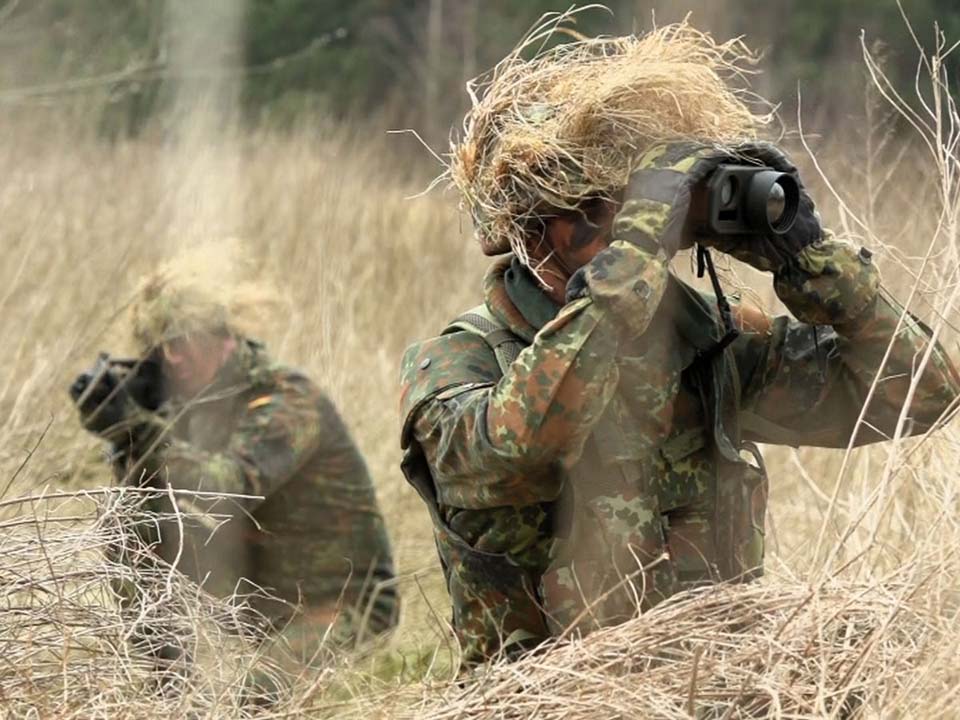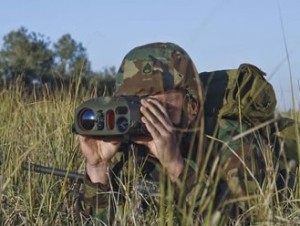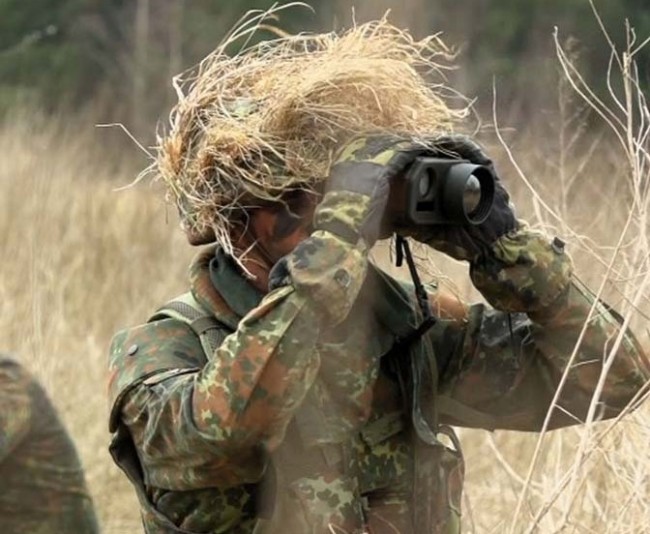
In November 2012 the US Marine Corps has awarded development contracts worth $12 million to four companies to come up with hand-held integrated laser rangefinders (LRF) for the Common Laser Range Finder Integrated Capability (CLRF IC) system.
The companies selected for this preliminary phase are Raytheon Co. EO Innovations business unit, Elbit Systems of America, Jenoptik Defense Inc. and BAE Systems OASYS. CLRF IC is expected to weigh no more than three pounds – light enough for one Marie infantryman to carry – it will provide improved integrated night-vision capability, internal selective availability anti-spoofing module (SAASM) GPS, and non-magnetic azimuth capability. The contracts span over 19 months. By summer 2014 the Marines plan to select one of the four systems and field the first units a year later. Overall, the corps plans to spend about $45 million in the acquisition of up to 2,200 light and medium weight systems.

The new system will integrate different elements currently fielded with separate devices into a single, lightweight hand-held system. Some of the companies contracted for the development phase already have systems addressing most of the requirements – for example, Jenoptics’ NYXUS BIRD and Elbit Systems’ MARS system are already available, providing all the essential requirements. The current version of the MARS exceeds the CLRF IC weight threshold by about one pound. A similar laser designating system from Elbit Systems, the Serpent-M (JTAC LTD) has already entered service with the Marine Corps in 2011, supporting Joint Tactical Air Control (JTAC) teams offering markedly reduced weight of their gear.
In a press release issued yesterday Jenoptik said it intends to use the ‘NYXUS BIRD’ as the baseline system for its CLRF IC offering. At a gross weight of 1.5 kg it meets the weight weight goal, and the current elements already comprise a day and night observation device aimed to combine a thermal imaging device, a range finder, GPS and a digital compass in a compact package. In addition to the direct view channel with seven-times magnification, an infrared channel is available to the user for observation during the night.
Raytheon is offering the Phantom which is slightly overweight (3.6 pounds) both systems don’t yet have built-in LRF but both Raytheon and BAE have the knowhow to implement such solutions. BAE Systems has the popular StalkIR line of compact sights that also have to go through more extensive integration for the program.

















